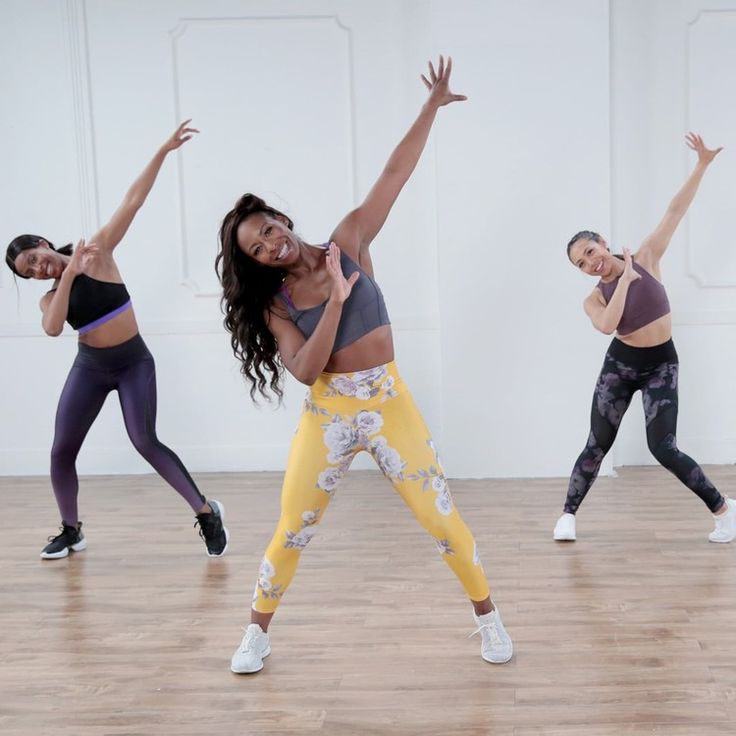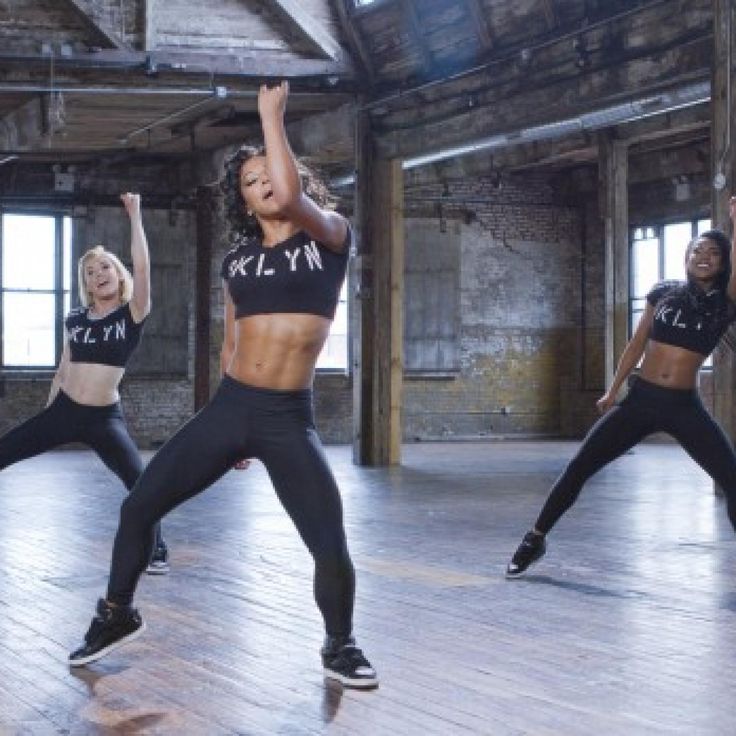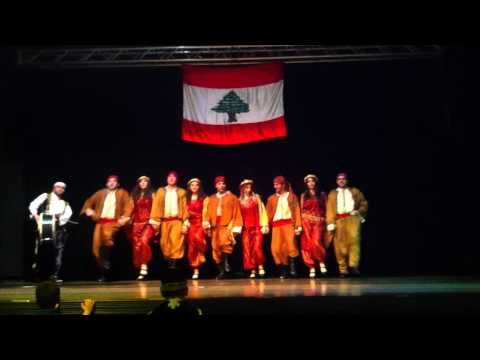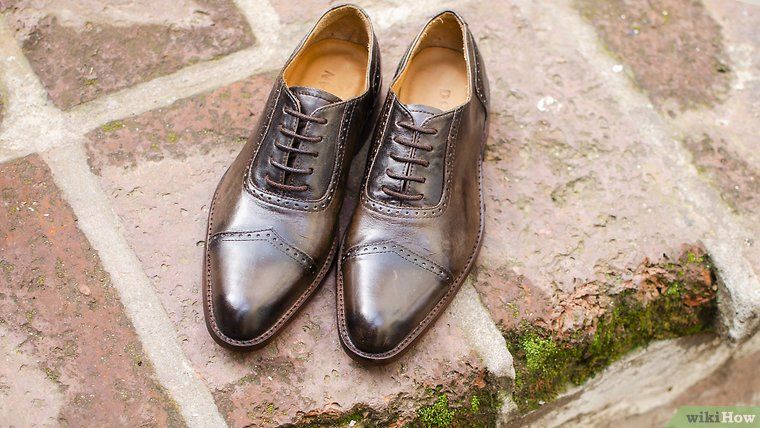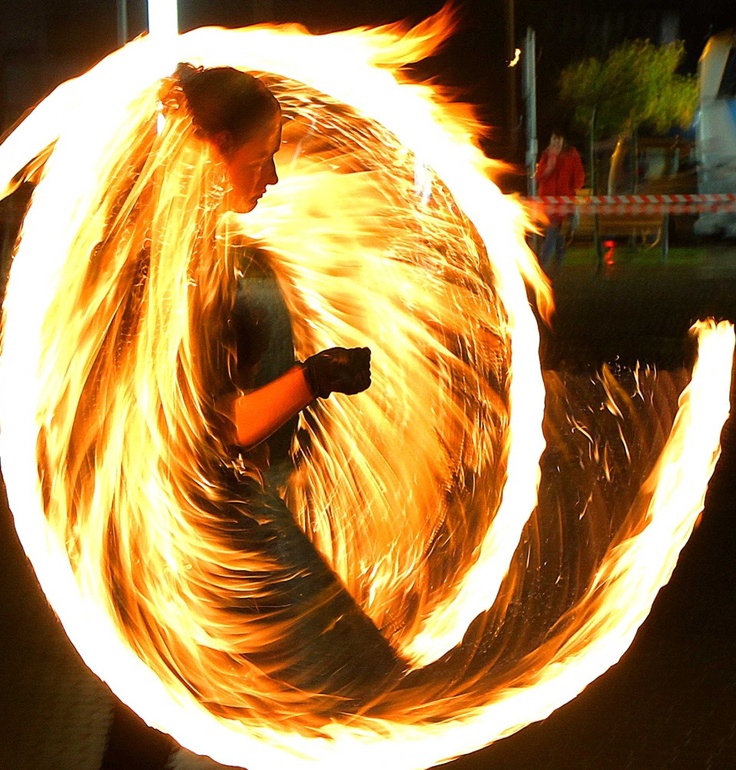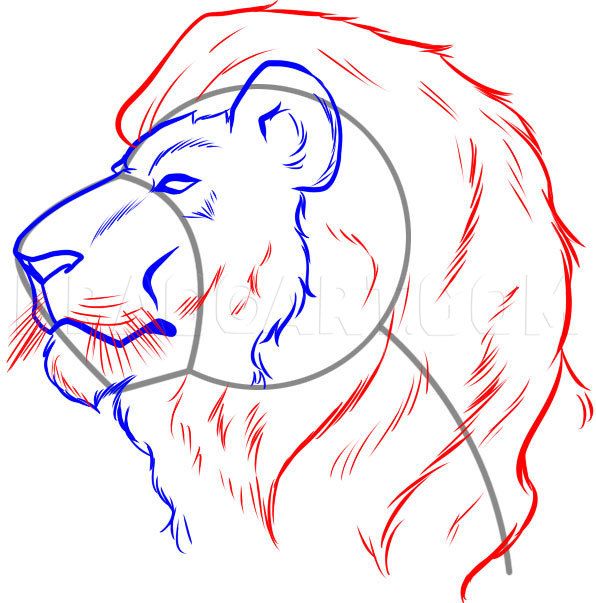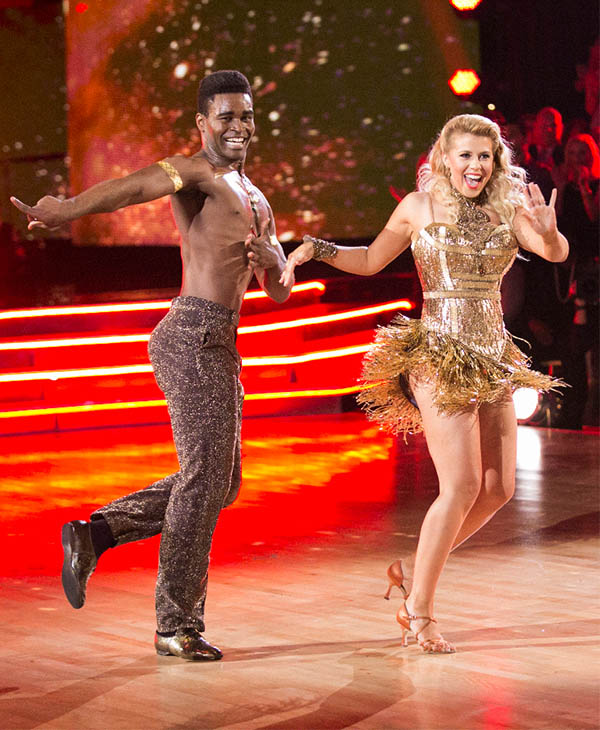How to create a hip hop dance routine
Hip Hop Dance: The Basics, First Routine
As a dancer that didn’t start out with formal training, one of my biggest struggles was learning how to choreograph a Hip Hop routine. Imagining something in your head and translating it into a routine is a big challenge!
Here are a few tips and tricks to help you begin:
1) Remember to get low!Hip Hop is a style that relies the least on formal technique. Your “home” position should include bent knees, a wide stance and a hunched posture. It shouldn’t be pretty!
2) Listen, listen, listen.Once you have picked a song, be sure to listen to the song multiple times before attempting to choreograph. Listen on your stereo, on your iPod, in your car, etc. Different sound systems might reveal little beats and accents you hadn’t noticed before. Hip Hop is about visually seeing your music, so by accenting snares or backbeats, you can improve your routine that much more.
3) Don’t be scared to try something new!When I choreograph, I do the craziest things and somehow am able to make them into a really cool Hip Hop move! Play your music and let your body do what it wants and see if you can refine those into something for your routine.
Everybody has their own unique style. Don’t expect your routine to look similar to somebody you idolize. Definitely look to others for inspiration, but remember that your routine is your routine.
5) Think visually.As a dancer, you always have to keep your audience in mind. If you have a move for your feet, don’t be afraid to add some arms as well. If you have arm choreography, pair it with a few steps or jumps to keep it visually appealing.
6) I’m stuck…No worries! Creating a routine takes time. Give it time to settle into your body and mind and you will be surprised where inspiration can come from. But just in case, here are some basic moves you can build off of and tweak to fit your style:
The Chest Pop:
A very simple move that is great for accenting heavy bass beats. In whatever position your arms and feet are in, tense your chest upward quickly and retract, all in one beat.
The Body Roll:
Can be done upwards or downwards and my personal “go to” whenever I’m stuck. Start by sticking out your neck, then shoulders, chest, stomach and hips. When sped up this motion should move fluidly throughout your body and create a nice visual.
The Squat:
A very important aspect of Hip Hop dancing is levels. Doing every dance move standing upright can get boring visually. Think of a plié in second position without the proper form. Keep your feet in parallel as opposed to being turned out, and hunch your back so you’re not so upright. From here bend down and try a move starting from this position to mix up your levels!
Anything — seriously, anything can be made into a Hip Hop move. You have a lot of freedom with this style. Just remember to listen to your body and have fun!
How To Dance Hip Hop For Beginners
So, you want to learn how to dance Hip Hop! You’ve come to the right place.
*Note: The term "Hip Hop" is more accurately described in this article: What Is Hip Hop Dance?
For the sake of continuity, we will refer to it as Hip Hop Dance in this article.
You will learn everything you need to learn how to dance Hip Hop, from understanding music to where to find a Hip Hop dance class in your community. Ready to learn how to dance Hip Hop? Let’s get moving.
Part 1: Musicality
What is dance musicality? Why is it important in learning Hip Hop dance? Dance musicality is how dancers hear, interpret, and dance to music. It sets the tone for our movements and gives sounds to follow.
But, in order to start leaning about music and how we dance to it, the first step is learning how to count music itself.
What is an 8-count?
We use an 8-count to break down the structure of music. It's sort of like a map to know when you do a certain move. For example, if a choreographer says that a move should be executed on "the 5," you're going to count the beats of the music like this: "One, two, three, four, MOVE."
Try this:
Listen to a song, any song, and try counting in your head – "One, two, three, four, five, six, seven, eight.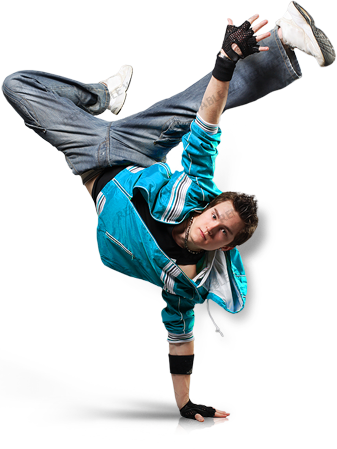 " Match your counts to the beat of the song – this is what you'd naturally bob your head or clap your hands to.
" Match your counts to the beat of the song – this is what you'd naturally bob your head or clap your hands to.
Follow along with this video for some practice, and a further breakdown of all the moments that you can hit within an 8-count.
Different musical elements of a song
*We're not going into every single sound found in the history of music! Just the basics, so as not to overwhelm or overcomplicate.
Lyrics
The words that the singer is singing! The lyrics are probably the easiest to distinguish, but hardest to count/dance to, since vocals don't always match the strict structure of 8-counts. Sometimes, choreographers will make moves that correlate with the lyrics by miming actions that match what they singer is talking about.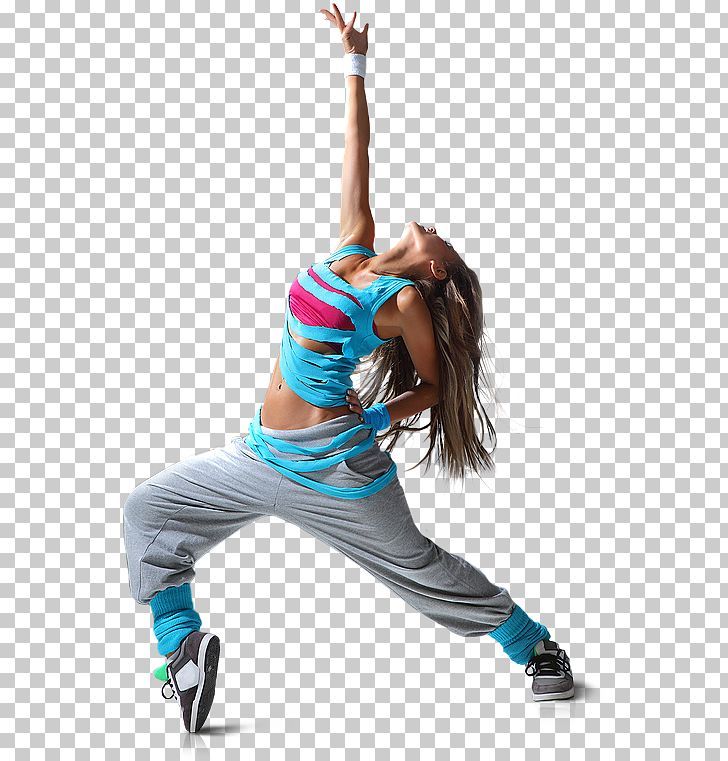
The bass is the lowest of the standard four voice ranges (bass, tenor, alto, soprano), or, the lowest sound in a musical composition – its there to support the melody. Different instruments can produce a bass sound (most often drums or bass guitars). Dancers often use the onomatopoeia "boom" to describe a bass sound, and we tend to associate bass sounds with strong, grounded movements like a foot stomp or a Woah.
SnareIt's the sharp, staccato drum sound you hear in most Hip Hop songs, kinda like the sound you make when you snap a rubber band. Dancers often describe a snare as a "ka!" when they talk about their routine. Dancers usually do quick, sharp movements to match this sound. Think of how a dancer might suddenly shoot their arm to the side and snap their fingers, or quickly turn their head to look at the audience.
Hi-HatA hi-hat is produced by a hi- hat cymbal.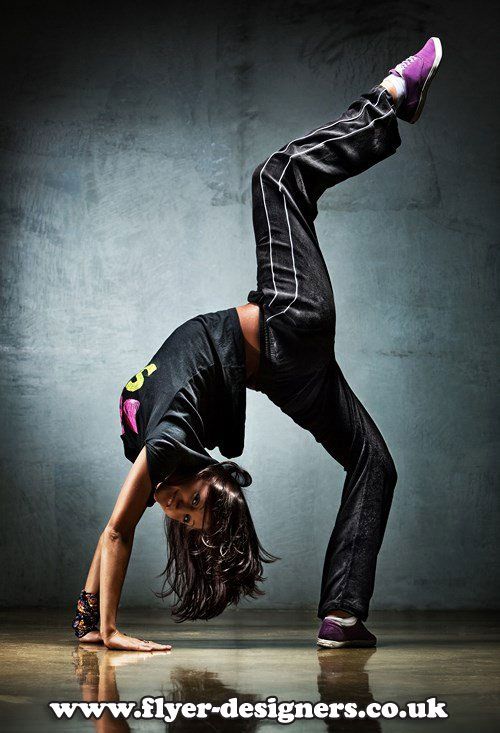 Dancers often describe this sound as "tss tss" sound. Hi-Hats are usually paired with sharp movements, but they might melt into something groovier if the sound of the cymbal creates a reverb-y echo. Think of how a dancer might pop their chest right when the hi-hat is struck, and then might add a couple smaller pops right after the first one to mimic the way a hi-hat echoes.
Dancers often describe this sound as "tss tss" sound. Hi-Hats are usually paired with sharp movements, but they might melt into something groovier if the sound of the cymbal creates a reverb-y echo. Think of how a dancer might pop their chest right when the hi-hat is struck, and then might add a couple smaller pops right after the first one to mimic the way a hi-hat echoes.
A sound synthesizer produces electric signals converted to sound through amps and loudspeakers. A common type of synth is the synth piano, which may sound like a long, slow bass – a"wobba wobba" sound. This sound goes great with a gooeyyy movement – you want to mimic the way the sound is rippling by using resistance and waves in your movement. A dancer might do this by rolling their chest slowly to a synth.
StringsGuitar strums and melodies are also useful to take note of, for more instrumental / acoustic songs. You can do whatever feels right in the moment to these types of songs!
Keyboard/PianoThe piano sounds will also accent, or set the melody/harmony of the song.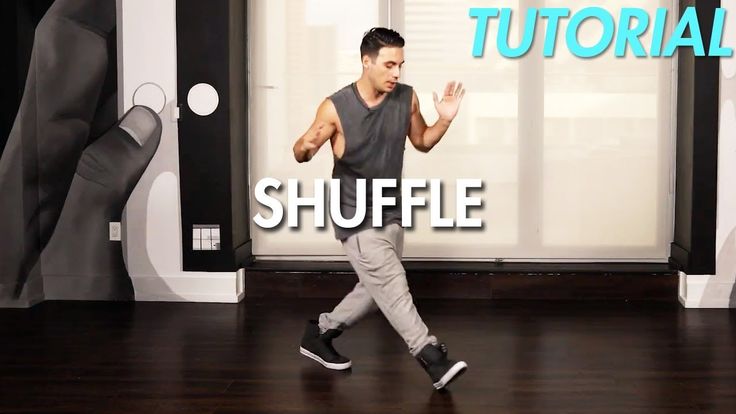 You can dance to these sounds separately or as chords. If you hear a high-pitched piano note over and over, you might hit that note with an upper-body-focused little move. If you hear a rich set of chords, you might do some flowy, full-body moves to communicate how rich those sounds are.
You can dance to these sounds separately or as chords. If you hear a high-pitched piano note over and over, you might hit that note with an upper-body-focused little move. If you hear a rich set of chords, you might do some flowy, full-body moves to communicate how rich those sounds are.
Try this:
You'll start to see patterns when you listen to music more carefully. Maybe there's a bass drum on each 1st and 5th count, or a snare on every even count. As you're clapping or bouncing or whatever you're doing to mark the beats in the music, take notice of the sound patterns that exist within it. It'll cue you in to the musicality you should use when you dance.
What does Hip Hop dance musicality look like?
Dance musicality is demonstrated in several ways, depending on the dancer's style, the song, and how they choose to interpret the music.
Check out these 2 pieces to the same song, that are completely different in both style of dance and musicality choice.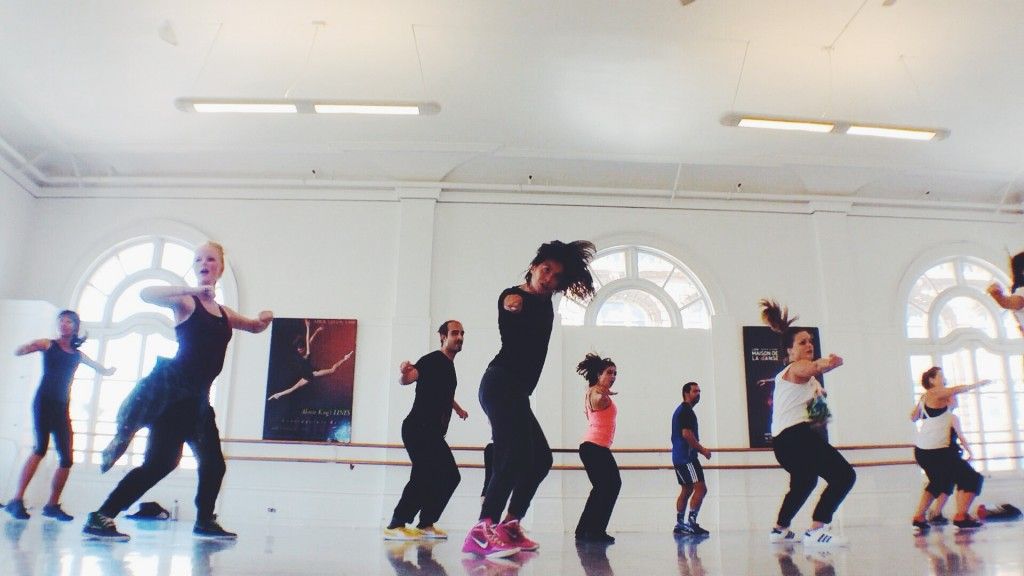
How Many Drinks – Pat Cruz & Aggie Loyola
How Many Drinks – Carlo Darang
Everyone listens to music differently, as you can probably tell from these two pieces. Choreographers utilize different pictures and textures to portray how they hear the song.
Not sure what textures are? Read this: What Are Textures In Dancing?
Great choreographers have unique ways of moving to music that bring out sounds you might not have heard when you’re just listening to the song. Now you know what it means when someone says. “UGHHH, their musicality is so sick!” By being more familiar with the different sounds that make up a song and their relationship to the flow of it, you'll have a better understanding of how to execute moves to embody those sounds more closely.
This dance tip is from Scott Forsyth's class on STEEZY Studio!
Part 2: Body Awareness
Have you ever taken a yoga class? Then you'll know that a big objective of yoga is simply to be present – in the mind, and the body. By doing so, you're bringing together your mental and physical selves. Similarly, as a dancer, your mind and body must be working together – your mind is the part that understands the music and the intent behind the movement, and your body is the actual tool for moving. Here are ways to train your body to learn to dance Hip Hop.
Try this:Lay on the floor, and close your eyes. (Turn on some light music here, if you want.)
Then, go through this list of body parts, and focus your thoughts and feelings on each one.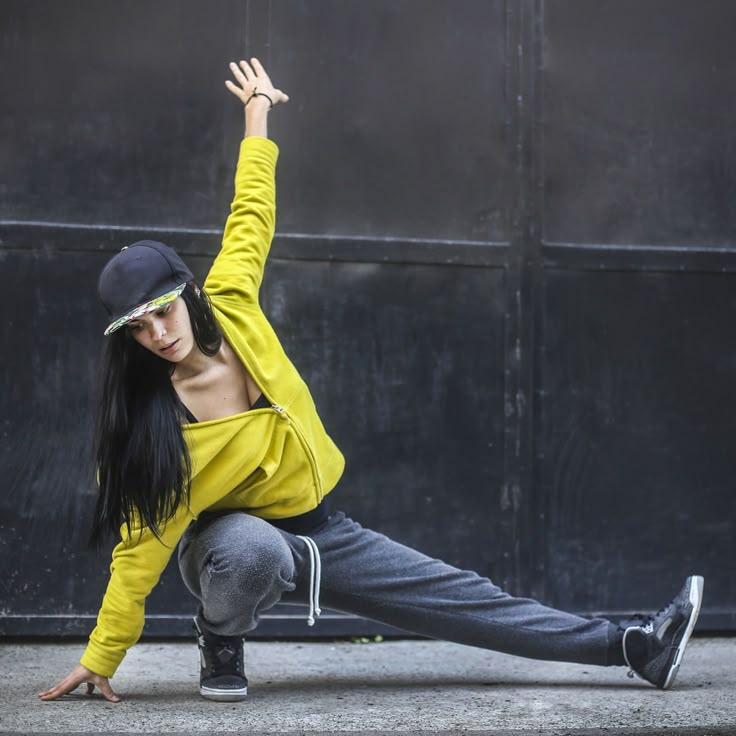 Flex or move the part to draw more attention to it. Once you feel fully comfortable with where it is and what it feels like, move on to the next one.
Flex or move the part to draw more attention to it. Once you feel fully comfortable with where it is and what it feels like, move on to the next one.
Arms
Shoulder
Forearm
Wrist
Fingers
Fingertips
Legs
Thigh
Knees
Calves
Ankles
Feet
Toes
Hips (Try rotating them in and out)
Chest
Upper chest
Core (tummy area)
Lower abdomen
Neck (Try turning your neck, and also rolling it clock- and counter-clockwise)
It sounds almost too easy to be effective – but the key here is not the difficulty of the movement (which is obviously very minimal). The key is how familiar you're becoming with these body parts, which requires a surprisingly great deal of focus. Muscle memory starts with muscle awareness! By dedicating your time and energy in getting to know your body, you're training your most important tool as a dancer!
Body Placements In DanceCool, so we're getting to know what each part of the body feels like in a resting position.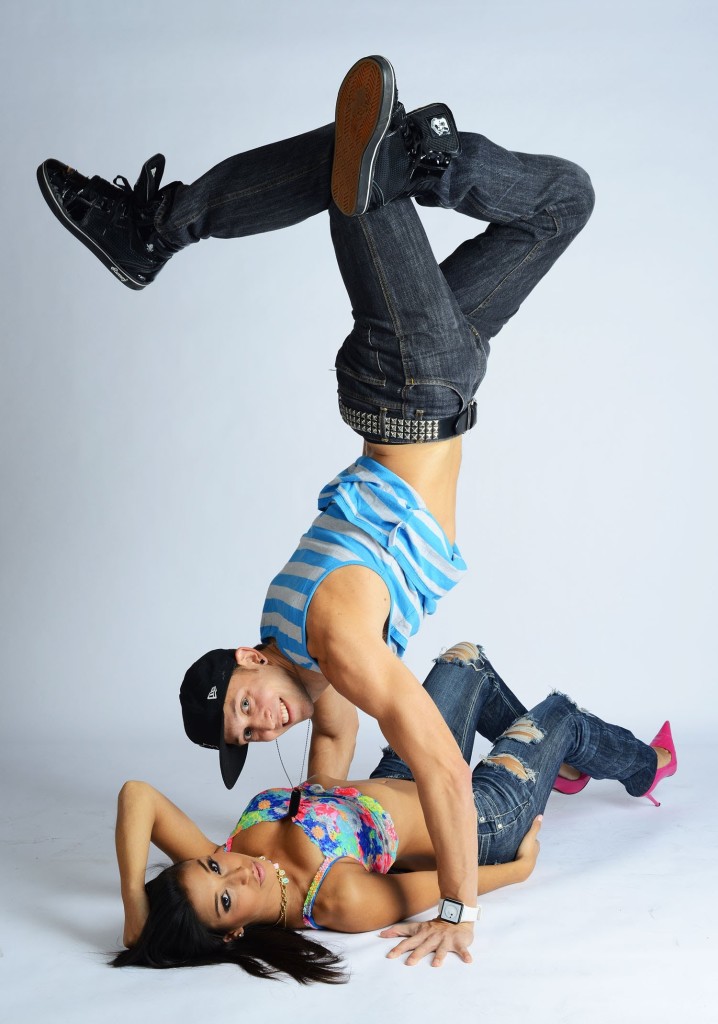 Let's create some pictures to explore how our bodies look and feel in certain placements. We'll be using 3 main ideas for these exercises:
Let's create some pictures to explore how our bodies look and feel in certain placements. We'll be using 3 main ideas for these exercises:
- Focus
- Posture
- Angles
What "focus" refers to in dance is the direction your face is facing. Timed right with a committed facial, your focus has the power to make or break a piece.
Whatever pose you're holding or pathway you're moving through, your focus is most commonly straight to the mirror (not the greatest habit, but it's good to watch yourself at first, when developing body awareness), to the right, to the left, up, down – and to varying degrees.
For example, "right 45" can refer to turning your face toward the right, but only halfway from directly ahead and your right side. "Down left 45" signals looking slightly toward the left, with your chin pointed down, so that your eyes are aimed at the bottom corner of the wall. Focus changes will flow naturally as you learn choreography, but sometimes the choreographer will specify certain pictures and combos to have a certain focus.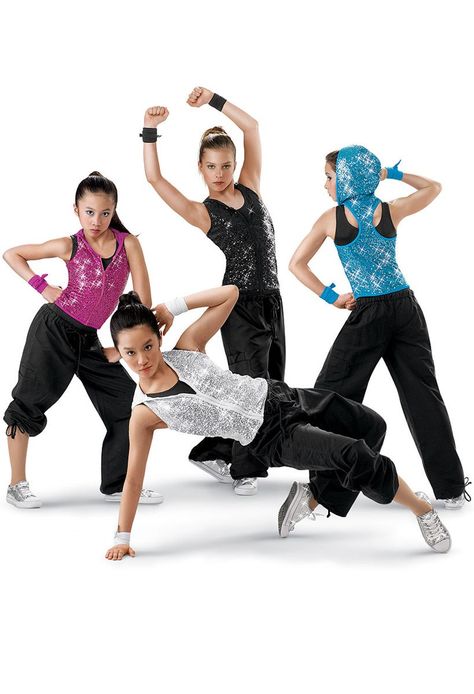
This dance tip is from Jeffrey Caluag's class on STEEZY Studio!
Try this:Stretch your neck to the rhythm of a song, by looking to the
- right, left, right left, ↔ then switch to
- up, down, up, down
- then hit the diagonals! ⤢⤡
- then roll your neck around so your eyes are making a big circle ⤿ and switch directions ⤾
Posture has a lot to do with the style or mood of the piece.
For example, Whacking will call for your chest to be more open, and your focuses will be sharp and purposeful. In a more swaggy, laidback-feeling piece, your posture might be directed more toward the ground, with a relaxed torso and shoulders. Think of posture as huge part of your body language that communicates tone and mood.
Melvin Timtim explains how he channels Lil Wayne through his posture in this STEEZY Studio class.
Watch it in action here:
PicturesBefore getting into full-body movement, let's study how your body feels when hitting certain angles. When you break down the movements of Hip Hop dance, you will see certain stops in the movement, or pictures.
Practice creating different pictures in the mirror, and pay attention to how they make you feel.
Do you feel powerful when your legs are apart and your hands are on your hips?
Do you feel weak when your hunch your shoulders and point your knees inward?
Part 3: Execution of movement
Grooving!!!!
Chances are, you probably already know how to dance. When you go to a club, or listen to music on the radio, do you bob your head or sway side to side? These are grooves – which is the foundation for Hip Hop dance and Open Style choreography. Hip Hop Dance grooves were invented by people who were dancing at clubs and parties to just vibe out with each other.
When you go to a club, or listen to music on the radio, do you bob your head or sway side to side? These are grooves – which is the foundation for Hip Hop dance and Open Style choreography. Hip Hop Dance grooves were invented by people who were dancing at clubs and parties to just vibe out with each other.
Bianca Vallar explains the importance of learning your fundamental Hip Hop moves here:
Practicing grooves are KEY to not looking awkward when you dance.
(But there are more tips here: How To Not Look AWKWARD When You Dance)
There are several elements that factor into how your movement looks. These come more into play when executing choreography that's based around Hip Hop's foundations.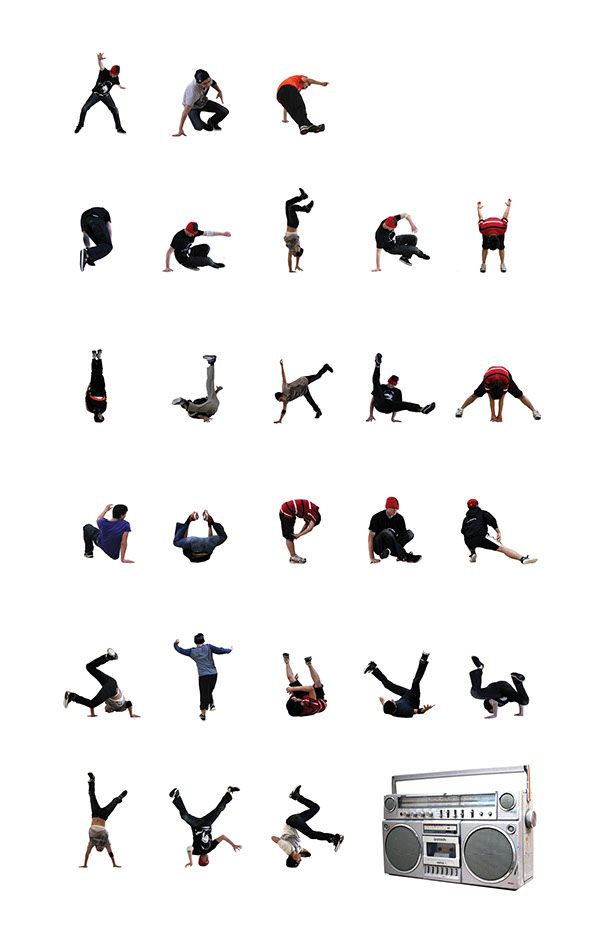
Hitting is the fundamental move of Popping. You can learn more about it here: What Is A Popping Hit
Even if you're not a Popper, you probably use a similar technique to "hit" certain sounds in choreography.
Flexing your muscles creates a visual that matches louder musical elements, like a bass.
When you hit, you don't want to be too soft and undersell the move, but you don't want to go TOO full out and overkill it. The goal is to become/embody music, not to compete with it!
Imagine your energy levels as following the pattern of an audio visualizer. The louder the sound, the higher the level, and the stronger your hit!
"Milking" a moveThis technique is most commonly used to describe movement in in-betweens of pictures – the "pathway" between A and B.Here are a few ways "milking" is used
- At the end of a move, instead of "putting a period" on it, that is, ending it definitely by stopping the movement, think of it as a ".
 .." The "dot dot dot," connoting that you're dragging out that move, to extend its pathway past "B," what would've been the stopping point without the milking.
.." The "dot dot dot," connoting that you're dragging out that move, to extend its pathway past "B," what would've been the stopping point without the milking. - Or, you can milk from one picture into a completely new picture. To practice this, set 2 poses. Every 4 counts, change your position.. but here's the challenge! Use a different pathway each time, to slowwwly get your body where it needs to be.
- Think of milking as a change in acceleration (ooh, physics terms!) Really, all moves are some sort of slowing down, speeding up, or stopping. Milking is just the term for gently stepping on your brakes. Where your car goes (the pathway) is up to you.
Learning how to manipulate your speed is going to be a huge factor in shifting dynamics and textures. To practice speed control, pretend that your arms are hitting a "wall." But instead of stopping at this wall, that wall is the checkpoint at which you change your speed.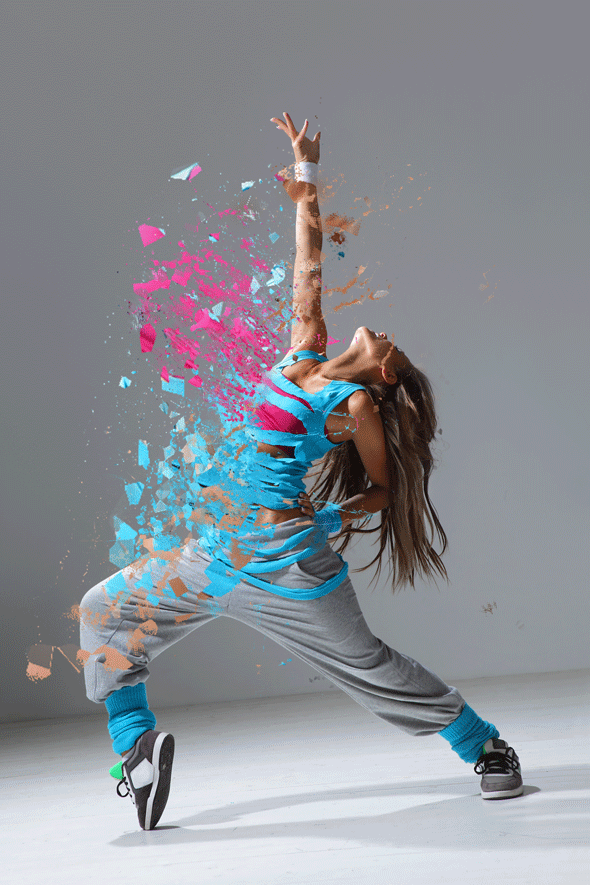 Go from fast and hard hitting, to completely "milking." This variance in speed will help switch up the mood and "textures" of a piece.
Go from fast and hard hitting, to completely "milking." This variance in speed will help switch up the mood and "textures" of a piece.
Think of textures the way you think of the physical connotation of the word. Have you ever heard dancers being described as "smooth"? They probably move like honey. Visualize the way that a song feels. Is it staccato, with abrupt starts and stops? Is it flowy and silk-like, with lots of vocals? Is it gruff and interrupted, like an angry rap song? While many songs do embody a specific "texture," most have elements of several. And because a lot of songs carry with them hints of different textures, the variation in your hits, milks, and speed, are all going to contribute to how you match the music.
Part 4: Class and Training
OKAY OKAY, enough talking about how to dance hip hop – let's start practicing it already! One of the best ways to practice a skill is to... take a class!
Looking for a Hip Hop dance class in your area
If you don't have a dancer friend who can introduce you to different dance classes, it's okay! That's what the internet is for. Do a Google or Yelp search using key words like "Dance classes in ____" or "Dance studios in _____" or "Hip Hop classes in _____" or "How to dance Hip Hop in _____"
Do a Google or Yelp search using key words like "Dance classes in ____" or "Dance studios in _____" or "Hip Hop classes in _____" or "How to dance Hip Hop in _____"
Do you live in LA? Train here: The Dance Studios In LA You Need To Be Training At
Once you have a good list of nearby dance studios, go on their websites to see what kind of class offerings they have. If they do not have a website, then call the studio and ask for their schedule. This way, you can ask more questions while you're on the phone, too. Instagram is is a great tool for finding dance studios and dance classes, too!If you keep noticing flyers or class videos (either in your personal feed, or through Instagram's "Explore" page), and click on the location link, you can see where the studio is located. Better yet, if the studio itself has an account, you can stalk their class schedules and instructors to find out more.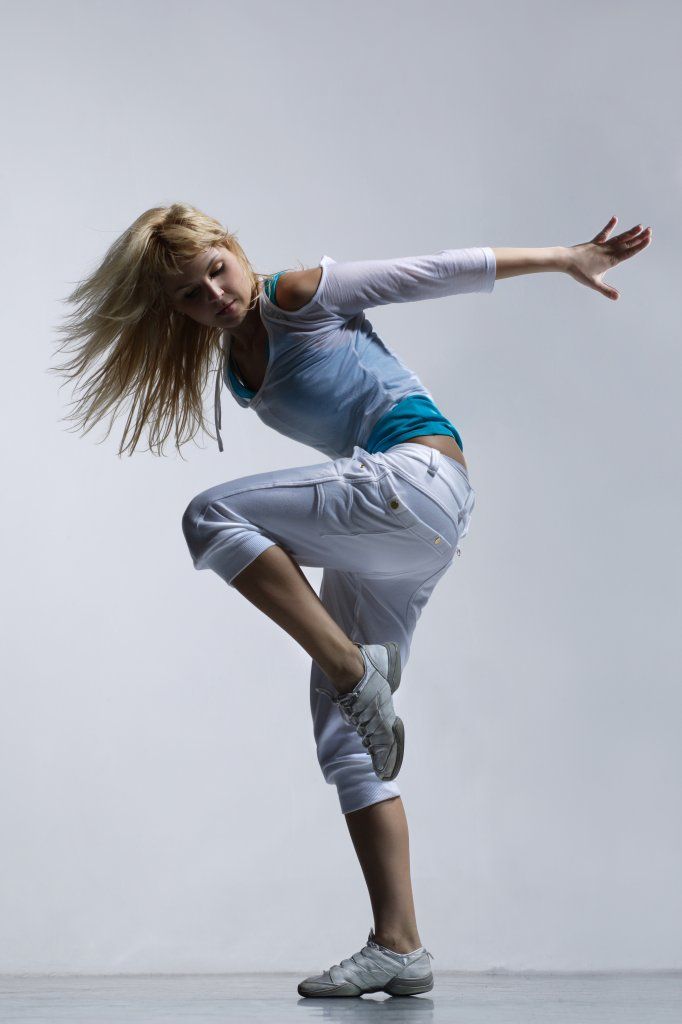
Finally, lurking skills from stalking your crush is coming in handy! If you like the instructors / classes offered, or the vibe of the studio, add that into your list of prospective places to take class at.
Which Hip Hop dance class should you take?
Once you've secured the place where you'll be taking your dance class, you need to decide which class to take. You want to make sure you feel comfortable diving into your first dance class, and that it will benefit you, rather than leave you feeling defeated.
A "Beginner" level dance class is probably the best to start with. Even if you're not a beginner dancer, read Why Every Dancer Should Take A Beginner Dance Class
How to prepare to take a Hip Hop dance class
Once you've decided on your dance class (where / when / which one), it's time to get ready. Choose an outfit that is loose and comfortable, but one that you still feel confident in. By no means do you have to follow the latest trends in "dancer fashion." It's about YOU and what makes YOU feel cool. Once you get to the studio, you're going to register at the front desk, pay for your "Drop-In" class, and wait for the room to be ready. There's usually back to back classes at studios, so another class will be exiting as you're waiting to enter. When you get inside, put your stuff down and wait for the choreographer.
By no means do you have to follow the latest trends in "dancer fashion." It's about YOU and what makes YOU feel cool. Once you get to the studio, you're going to register at the front desk, pay for your "Drop-In" class, and wait for the room to be ready. There's usually back to back classes at studios, so another class will be exiting as you're waiting to enter. When you get inside, put your stuff down and wait for the choreographer.
Until then, you can just hang out, start stretching, or talk to other dancers in the class. You'll probably start to feel nervous right about now. Remember: It's all about your mindset! Take a deep breath and remind yourself that a class is called a class for a reason: you're there to learn! So instead of being intimidated by the idea of trying something new, get excited to start learning.
What to know when you take a Hip Hop dance class
The choreographer will start (most likely) by introducing themselves, and leading a quick stretch. Aside from the actual learning process (which we'll talk about in the next section), there are a few "class etiquette" notes to keep in mind:
Aside from the actual learning process (which we'll talk about in the next section), there are a few "class etiquette" notes to keep in mind:
Ask questions
If you're struggling with a move, it's perfectly *fine (encouraged!) for you to ask questions.*However, don't do this in excess! Try and figure out the answer yourself first (by looking closer at the move, trying it out in different ways for yourself), and if you still need clarification, ask.
Switching lines
When the choreographer says to "switch lines" – if you're in the front of the room, move to the back, and vice versa. This is to ensure that everyone gets a fair chance at having a good view of the choreographer throughout the class. It'd be a little selfish to hog the mirror the whole time, right?
Switching inside / out
In addition to switching lines, the choreographer might also ask the class to switch "inside out" / "outside in." And yep – it's exactly as it sounds. If you're toward the middle of the room, move closer to the walls, and vice versa. In general, it's good to move around the room while you take class, regardless of whether the choreographer is telling you to or not. It helps you to not grow dependent on your position to learn or execute.
In general, it's good to move around the room while you take class, regardless of whether the choreographer is telling you to or not. It helps you to not grow dependent on your position to learn or execute.
Sitting down
There are a few cases where you'll have to take a seat during the class.
1. When the choreographer is demonstrating the moves they taught and you're in the front of the room. We do this so that, when the choreographer first matches the moves to the music, everyone can see what the choreography is supposed to look like.
2. If the studio is too crowded, and the choreographer needs to demonstrate the choreography for the "back half" to see. It's easy to follow the choreographer if you can actually see what they're doing, but often the people in the back of the room have blocked or limited vision. (Especially when it comes to intricate details or footwork). We have the front half of the room sit down while the choreographer can teach the back half of the room, then have the whole class join in once everyone "gets" it.
What the choreographer means...
When they say to "Watch"
This is when it's polite for the people in the front of the class to take a knee/seat. Even if you know the moves, really WATCH the choreographer demonstrate the piece. While you watch, take note of where the piece counts in, the true tempo of how fast the song goes, and how the choreographer is hitting each move. The closer you pay attention, the closer you'll know what to emulate.
When they tell you to "Mark it"
Marking means that you are doing the piece more in your head than on your body – but you should still be doing it with your body. Think of it as doing the piece, but with less energy. Be more conscious of the music, timing, and where your body placements are rather than releasing your bankai. The choreographer might use percentages to indicate how much energy you should be putting into your mark. Example: "Let's go just 50% for this first run-through!" or "Mark it around 80%"
When they tell you to "Go full out"
All right, THIS is when you go 100% with your energy.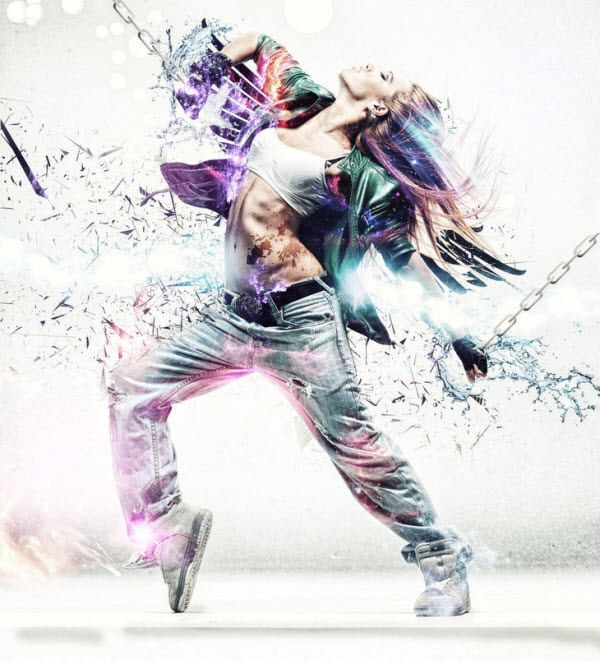 Think of it as the most you can do for everything: cleanliness, timing (that you should've perfected in your mark), but now with power!
Think of it as the most you can do for everything: cleanliness, timing (that you should've perfected in your mark), but now with power!
Read this for tips: How To Dance Bigger, Stronger, And More "Full Out"
How to learn when you take a Hip Hop dance class
Learning choreography
Take note of pictures, angles, footwork, focus, etc.
Scared that you'll fall behind? Use these tips for How To Keep Up In Dance Class
Choreographer's execution
WATCH them demonstrate for the class! Take note of texture, dynamics, milking, everything from their demeanor and posture to their facials and energy levels.
Listening to the music
A huge huge huge huge huge part of being able to get a piece is knowing the music. Know what sounds you're hitting, when those sounds come in the music, the tempo, mood, and style of the song.
Practice performance
If you're satisfied with starting out learning just the choreography, that's fine! But if you feel comfortable with the piece, try and add a little pizzazz to it! Your freestyle, your facials, your personal swag.
After you take a Hip Hop dance class
A class experience is not limited to just learning choreography. After all the moves are taught, there will be a few things the choreographer has you do.
Groups
This is when the room is divided into sections, and that group will perform the piece as the other students watch. Groups can get intimidating! But it's also an integral part to your growth. Push yourself outside of your comfort zone and just go for it!
Select group
The choreographer may or may not call out a "select group" – a group of students that they noticed and want the rest of the class to watch. The selected dancers may have been really clean, not so clean but performed the crap out of it, had a lot of personal style, or were just fun to watch. There are so many reasons you can get chosen or not for a select group, so don't overthink it!If the choreographer calls out a "any 10 people" or "any 5 people" to be in a group, and you feel comfortable with the piece, you should volunteer to go up!
Recording class footage
Don't be surprised if someone (either the studio staff, another student, or a parent) is recording you dance.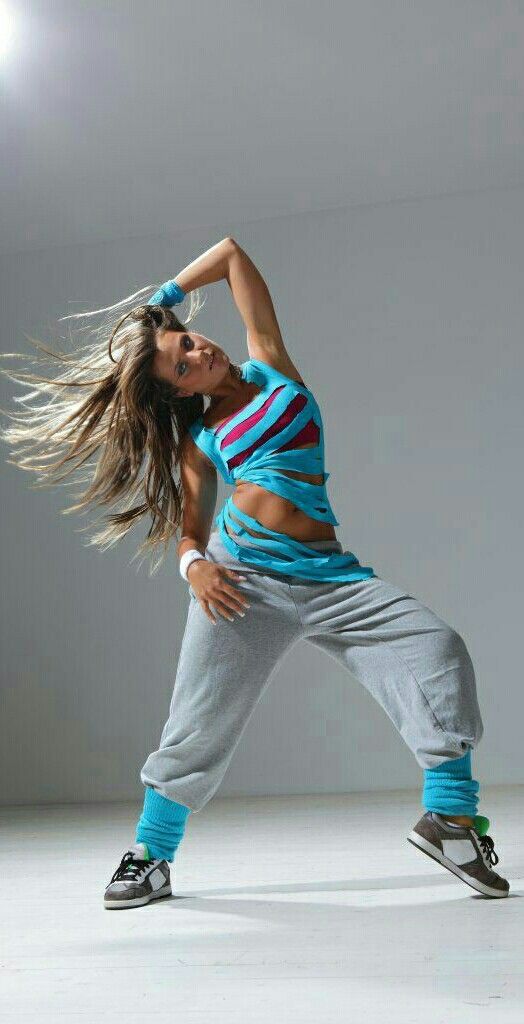 The studio sometimes does this to promote their classes, and students/parents often do this for personal keeping or to post on social media.. (let's be real) And if YOU want to record yourself, ALWAYS ask the choreographer first if that's okay. If they say no, don't. Clear it with the studio staff, too. Then ask someone to record you so you can critique (or appreciate) how you did. Or post it on Instagram. Live your life.
The studio sometimes does this to promote their classes, and students/parents often do this for personal keeping or to post on social media.. (let's be real) And if YOU want to record yourself, ALWAYS ask the choreographer first if that's okay. If they say no, don't. Clear it with the studio staff, too. Then ask someone to record you so you can critique (or appreciate) how you did. Or post it on Instagram. Live your life.
Choreographer's solo
At the very end of the class, the choreographer will most likely perform the piece. Honestly, the best thing to do here is just watch so put your phone down, and just watch!
Saying thank you to the choreographer
Once you pick your jaw up from the dance floor, make sure to line up to thank the choreographer. They just shared their craft with you, hopefully in a way that helped you become a better dancer in some way, so it's important to show your appreciation. You can introduce yourself, say thank you, take a picture if you want.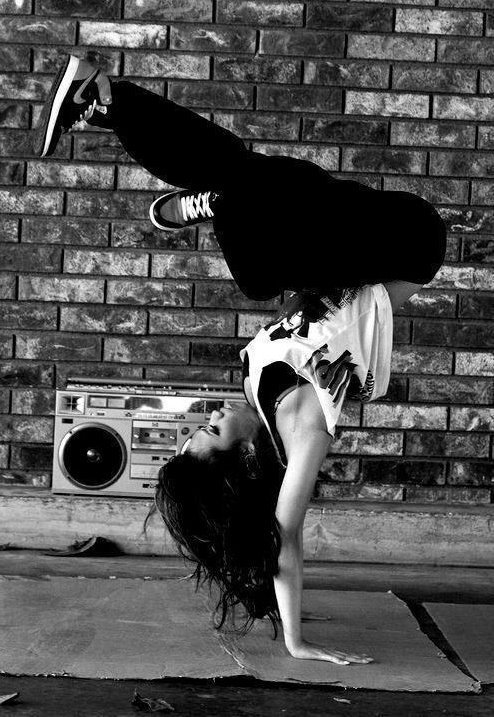 You can ask for critiques or tips, but if there is a long line of people behind you, the more polite thing to do is to keep it short and sweet. In addition, ask the choreographer for the song title and artist so you can keep practicing the piece at home!
You can ask for critiques or tips, but if there is a long line of people behind you, the more polite thing to do is to keep it short and sweet. In addition, ask the choreographer for the song title and artist so you can keep practicing the piece at home!
Part 5: Setting Future Goals
So, you’ve made your first leaps into learning how to dance hip hop. Congrats! Welcome!! Yayyyyyy!!! Now, where do you go from here? Since different dancers dance for different reasons, let’s talk about 4 different goals you can set for yourself and tips to help you reach them.
#1: Train in different styles of hip hop danceHow did your first class go? Was it challenging? Scary? Too easy? Just hard enough? Although your first dance class is quite a hallmark in your dance journey, but it's only one of many to come. If versatility is your goal, keep exploring different classes at different studios. Don't just take the same beginner class from the same choreographer week after week. Make a list of specific styles or choreographers you want to train under. Schedule out when and where you can take those classes, and strategize a way to get the most variety as possible. After a while, you'll be able to identify what you need extra help in. And you'll have a better sense of your own "style," based on the types of pieces you tend to enjoy most.
Make a list of specific styles or choreographers you want to train under. Schedule out when and where you can take those classes, and strategize a way to get the most variety as possible. After a while, you'll be able to identify what you need extra help in. And you'll have a better sense of your own "style," based on the types of pieces you tend to enjoy most.
If your goal is to be able to keep up with advanced choreography, then set a hard date for the class you want to be able to take in a few months. Til then, seek out classes that are more and more challenging as time goes on. From beginning classes, intermediate, to more advanced. And after you take it, don't stop there! Keep challenging yourself with advanced classes – while you continue to train as a beginner. It'll push your choreo pickup and execution, while strengthening your foundation. How To Get The Most Out Of Dance Class (Video)
#3: Get involved in the hip hop dance communityIt's nice to have a tribe of support for something that started as a personal journey.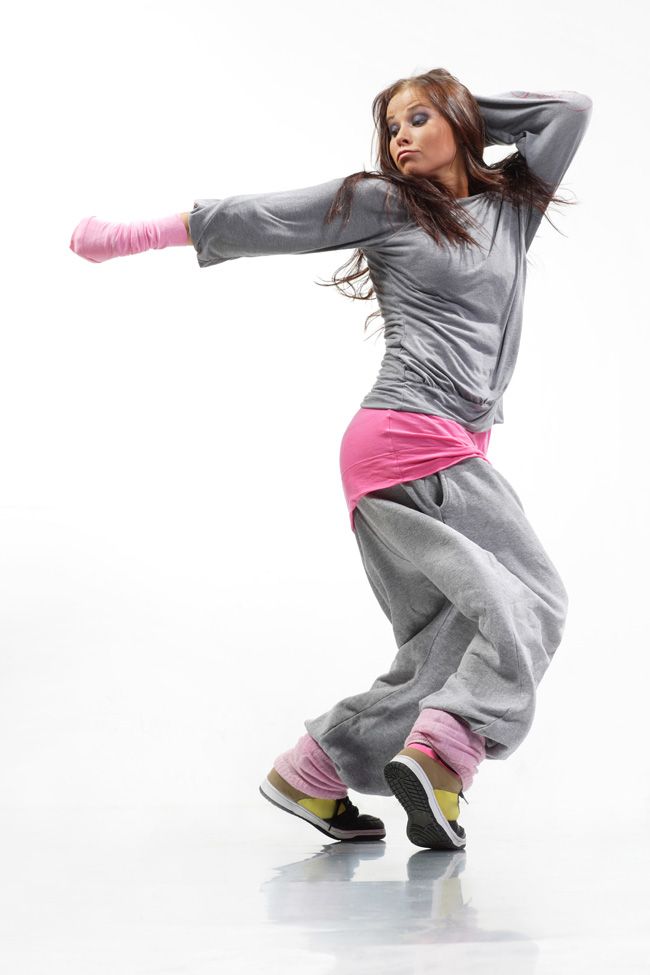 So if you want to get to know your fellow dancers – take initiative! Introduce yourself to the familiar faces you see in class. Definitely introduce yourself to the studio staff. Be vocal in classes, and ask other dancers where they're from / where they're going. Not only that, attend dance shows, competitions, battles, and even team fundraisers. These events spur a lot of conversations, and give you a better vibe (aye) for what the culture is all about.
So if you want to get to know your fellow dancers – take initiative! Introduce yourself to the familiar faces you see in class. Definitely introduce yourself to the studio staff. Be vocal in classes, and ask other dancers where they're from / where they're going. Not only that, attend dance shows, competitions, battles, and even team fundraisers. These events spur a lot of conversations, and give you a better vibe (aye) for what the culture is all about.
STEEZY Studio members connect with each other through our Facebook group – where we share videos, ask for tips, give critiques, and even arrange meet-ups!
See related articles: How To Thrive In A New Dance Community
How To Build A Network In The Dance Community
#4: Audition for a hip hop dance teamLots of us start dancing after watching a team perform. Whether it was on YouTube, or in person, these sets stirred something in us that pushed us to try it out. Consequently, a lot of dancers' goals are to perform with a team, on a stage, at a show or competition. If making it on to a team is your goal – and even if it isn't! – then auditioning is a great experience that can teach you a lot of things. It's going to call on you to pick up choreo quickly, in a crowded room, surrounded by other hungry dancers. You'll have to perform for a panel of judges, and maybe even freestyle.
Consequently, a lot of dancers' goals are to perform with a team, on a stage, at a show or competition. If making it on to a team is your goal – and even if it isn't! – then auditioning is a great experience that can teach you a lot of things. It's going to call on you to pick up choreo quickly, in a crowded room, surrounded by other hungry dancers. You'll have to perform for a panel of judges, and maybe even freestyle.
The pressure might get nerve-wracking, but that's exactly why that experience is so valuable. Auditioning for a hip hop dance team will really test where you are as a dancer, in addition to being another great opportunity to train and meet people. Look into the dance teams in your area. Ask about auditions or private / mid year auditions if you missed the start of the season. Even if you don't end up joining right away, it's great for the psyche to have a clear goal to aspire to.
See related articles: How To Make Your Dream Dance Team
We hope this helped you newer dancers learn how to dance hip hop! Welcome, and we can't wait to share this journey with you!
Hip-Hop (practice)
From the very start it is worth understanding the laws of writing most of the music.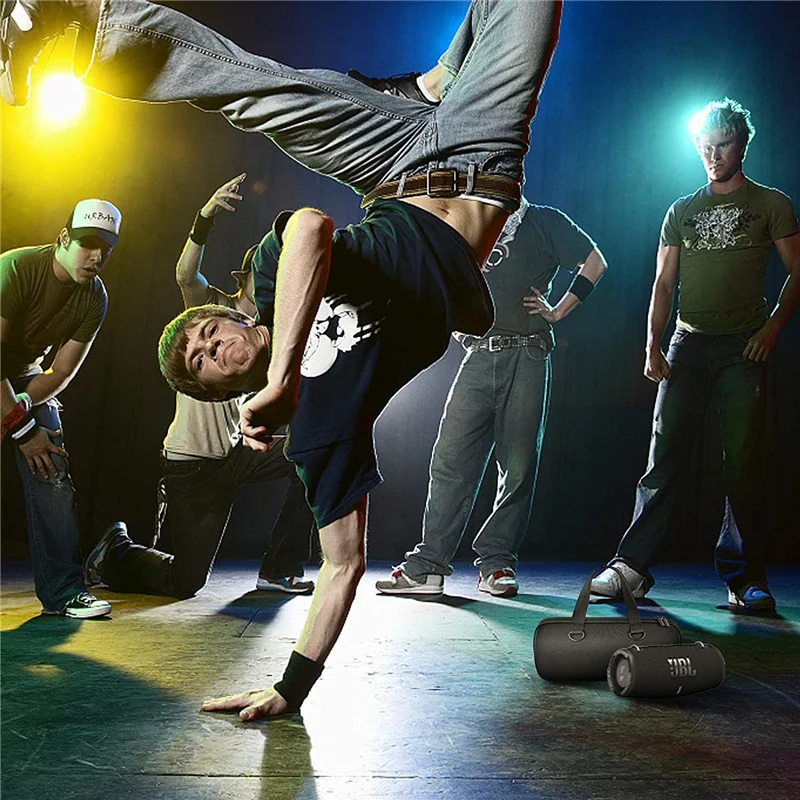
Rhythm is the alternation of strong and weak parts in music, if we talk about the main score. 8 accounts is the “eight”, and 4 “eights” is the “square”.
- Time signature dance
We put the guys in pairs or a circle. We set the condition: every freestyle, but only for a certain time (a certain time signature). As soon as the size comes to an end, the next one must leave and enter.
We dance:
- by squares - by 2 eights - by 1 eight - by 4 accounts - by 2 accounts - by 1 account.
- Movement to count
Guys can stand in any place. I give everyone a specific account number. If there are a lot of guys, you can give several the same number.
Further, their task is to make the movement only at their own expense.
i.e. I turn on the track, we begin to silently count in eights and everyone must make a movement in their own account.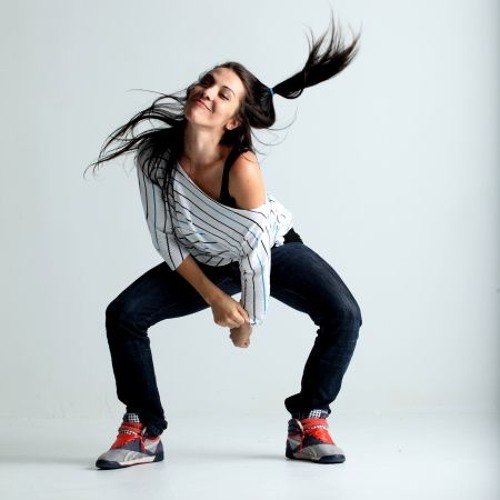
Next, you can talk about patterns. For example, about the fact that at the end of each square or the second "eight" there is usually some kind of sound.
It is also convenient to show on the diagram.
Music does not need to be caught or predicted. It can be easily remembered. Understand its pattern.
- Rhythm Pattern Variations
Once you understand the basic rhythm and structure of music, you can delve into the subject of rhythm and beat variations.
At this stage, you can analyze all possible basic variants of rhythmic patterns based on the main rhythm, which can be universal.
Examples:
1. One and two, three and four 2. One, two, three and four 3. One and two, three, four 4. One, two, "pause", four 5. And one, and two, three and four 6. One, "pause", three and four
7. One, two, three, four... The list of these variations can be continued for a long time.
When all the basic information on studying the basic rhythm of the students subsided, you can proceed to the analysis of music in terms of character, mood, vibe.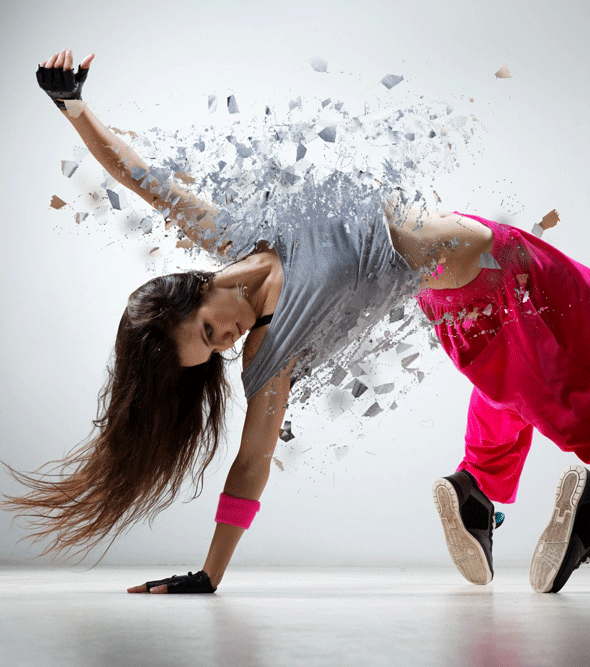
The main objective of this paragraph is to teach the student to independently analyze music and build his dance in relation to it. To do this, we tell students about the “box system”.
The box system is a small game in which the student has to “put” a track into one or another box depending on its character and build a dance relative to the rules of the box.
We select the basic 5 boxes - Old School, New School, Beats, Deep, Chill.
It can be noted that all the boxes are as conditional as possible and the main task of this system is to teach you how to analyze tracks, classify and build your dance in relation to the nature and type of music.
"Old School" - old school tracks. A bright distinguishing feature: rhythm (and one, and two, and three, and four ...), reading, a certain speed (from 130 bpm)
If the track flies into this box, then the dance is built mainly from the base. The condition of the ball will do.
Old School playlist
"New School" is a more modern take on hip-hop music.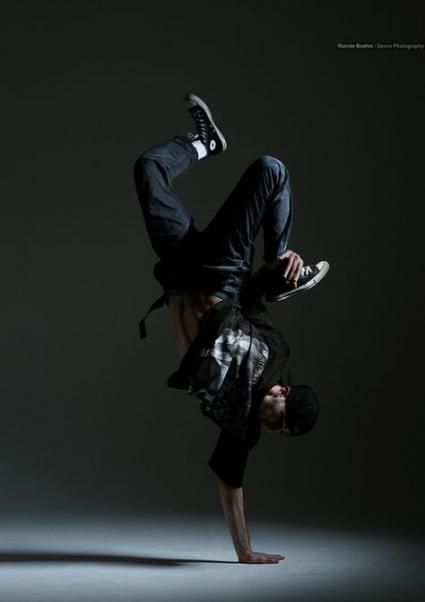 A bright distinguishing feature: triplets (rhythms with three beats), slower speed (up to 130 bpm)
A bright distinguishing feature: triplets (rhythms with three beats), slower speed (up to 130 bpm)
If the track flies this box, then I suggest that students use a faster bounce, as well as add a "breakaway" state - jumping, gesticulating, strength , emotions.
Playlist with New School tracks
"Beats" - electronic version of hip-hop music. A bright distinguishing feature: a lot of sounds, no vocals (as a rule).
If the track flies this box, then the dance is built more from the technical moments (body and speed control). This is justified by the fact that such tracks are often written specifically for dancers and contain more rhythmic patterns of different instruments.
Such tracks are a kind of challenge for the dancer and his body control.
Playlist with Beats tracks
"Deep" is also a version of electronic music. A striking distinguishing feature: deaf, voluminous musical elements (associations with the ocean floor)
If the track flies into this box, then the dance can be built more from the flow.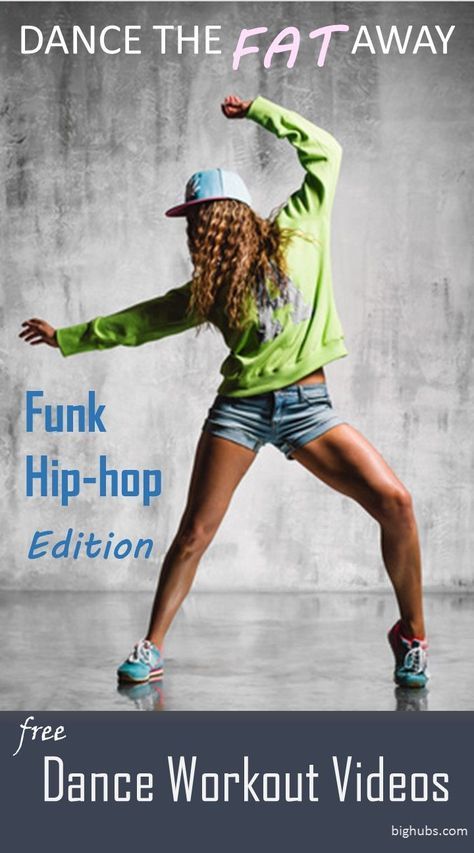 The state of the wind or the curtain will do.
The state of the wind or the curtain will do.
Playlist with Deep tracks
"Chill" (or soul) - soulful tracks. Usually a pleasant female voice sounds, and the music makes you want to snap your fingers.
If the track flies into this box, then the students are invited to build a dance from the feeling of high, turn on more groove and just enjoy the music without complicating and speeding up the dance in terms of volume of material and strength.
Playlist with Soul tracks
ADDITIONAL EDUCATIONAL PROGRAM “Modern dances. Hip-hop dance”
Nizhny Novgorod Provincial College
ADDITIONAL EDUCATIONAL PROGRAM
“ Contemporary dances. Dance in hip-hop style»
Orientation: Artistic and aesthetic
Age of students: 15-20 years old
Implementation period: 1 year
Compiled by:
Lexakova Elizaveta Aleksandrovna
Nizhny Novgorod
2018
Explanatory note
This dance association was created with the aim of studying choreographic culture, teaching dance literacy, developing an ear for music and a sense of style in older children.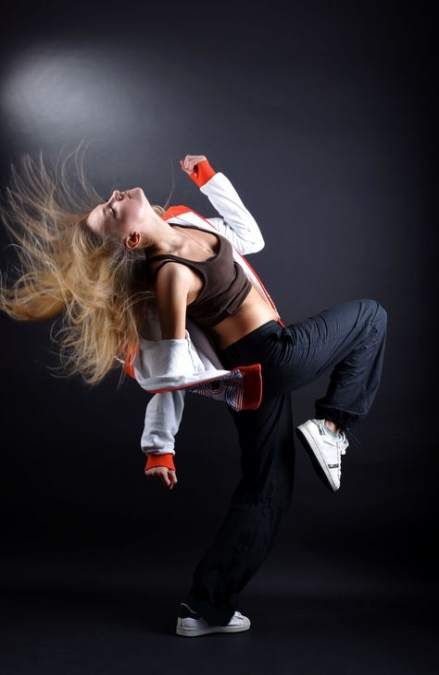 The program is focused on broadening one's horizons, knowledge about hip-hop culture and related modern dance trends by practicing movements, production numbers and choreography in a certain style.
The program is focused on broadening one's horizons, knowledge about hip-hop culture and related modern dance trends by practicing movements, production numbers and choreography in a certain style.
Additional educational program “Modern dances. Dance in the style of hip-hop ”is compiled by the trainer-teacher Leksakova E.A.
Number of hours for the implementation of the program: 4 hours per week.
Hip-hop is a culture that includes such components as DJing, graffiti, rap, beatboxing and dance itself. Today we hear this word very often in the most popular TV shows, on websites on the Internet, with well-known bloggers, we observe how professionally trained people participate in creating a number of modern performers, on stage or in a video. Such a direction of dance as hip-hop is of interest to people of different ages, so its popularity is growing, more and more studios are being opened where they teach this art. So what exactly is hip-hop?
This direction is about 40 years old.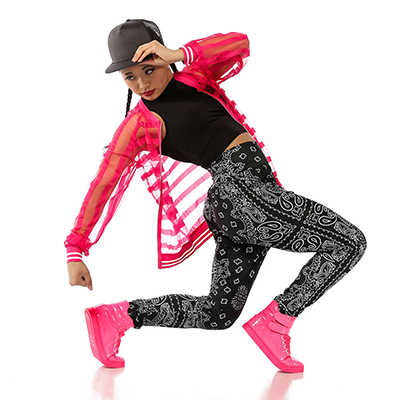 Hip-hop dance - in a broad sense, everything that is danced to the music of hip-hop. The variety of styles and directions of hip-hop music does not allow us to single out hip-hop dance specifically, it would be more correct to say “hip-hop dance”.
Hip-hop dance - in a broad sense, everything that is danced to the music of hip-hop. The variety of styles and directions of hip-hop music does not allow us to single out hip-hop dance specifically, it would be more correct to say “hip-hop dance”.
A huge number of possibilities for reproducing dance movements in this style creates many directions, which in turn are related to each other and complement each other. The multi-technique and openness of hip-hop to experimentation and improvisation raises a serious problem of classifying styles, techniques and trends. By the method of elimination, we can say that hip-hop dance is not folk, not classical, not techno dance - it is a separate broad direction of dance art.
A striking feature of this dance direction is its character as an actor's component. The dance, its performance, first of all, should show the best qualities of the performer, his individuality in the form of a dance confrontation, sometimes even a little aggressively. Self-confidence, self-affirmation do not allow sentimentality and affectation, hip-hop dances are for confident people. But you can not assume that hip-hop dancing is aggressive. The main goal of a hip-hop dancer is to win the sympathy of the audience with his dance, therefore, hip-hop is positive and kind.
Self-confidence, self-affirmation do not allow sentimentality and affectation, hip-hop dances are for confident people. But you can not assume that hip-hop dancing is aggressive. The main goal of a hip-hop dancer is to win the sympathy of the audience with his dance, therefore, hip-hop is positive and kind.
Educational program of additional education for children “Modern dances. Hip-hop dance»»
Program focus:
functional purpose: artistic and aesthetic.;
according to the form of organization: group;
by implementation time: one-year, 144 academic hours per year.
Relevance of the program
Adolescence, the age of contradictions and the desire for harmony, the search for oneself and a place in this world. The age that pushes a teenager is far from positive actions, and often leads to the loss of vital guidelines. It is important that during this difficult period the child has a worthy, interesting occupation and there is a teacher nearby who can captivate creativity, introduce him to the team, cultivate artistic taste and instill interest in modern dance culture
Hip-hop is a style, a symbol of modern youth culture, which will always remain relevant.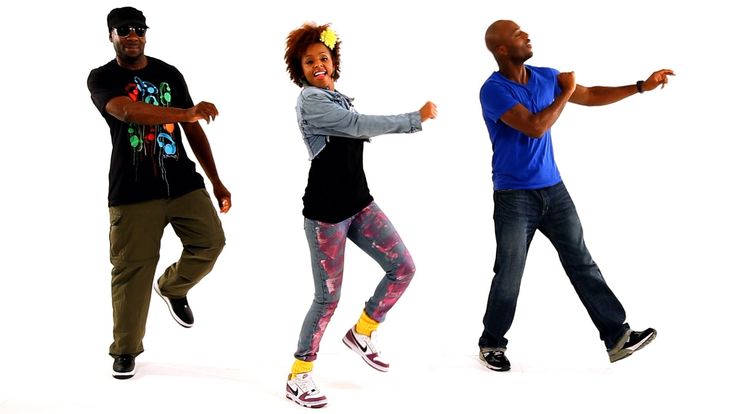 The novelty of this program lies in the fact that hip-hop dances in provincial cities are becoming more and more popular. Gradually, American culture takes root in our country, gaining a new incarnation. Hip-hop dance lessons are in great demand, dancers from all over Russia participate in all sorts of battles, including the European Streetdance Championship and World Championship held by the international dance organization IDO, as well as the international annual Juste Debout battle. Therefore, dance hip-hop has a serious future in our country.
The novelty of this program lies in the fact that hip-hop dances in provincial cities are becoming more and more popular. Gradually, American culture takes root in our country, gaining a new incarnation. Hip-hop dance lessons are in great demand, dancers from all over Russia participate in all sorts of battles, including the European Streetdance Championship and World Championship held by the international dance organization IDO, as well as the international annual Juste Debout battle. Therefore, dance hip-hop has a serious future in our country.
Hip-hop gives many opportunities for improvisation and self-expression. What is the fundamental factor in the choice of leisure for students. Sometimes light and smooth, sometimes hard and aggressive - this dance will always find its true fans.
The pedagogical expediency of the program lies in the fact that when mastering it, the student develops:
social and creative activity;
expanding musical horizons;
aesthetic taste is formed;
the cultural level is rising;
increased self-esteem;
discipline develops;
needs for self-knowledge, self-development are brought up.
a healthy lifestyle is being formed.
Purpose of the program
To teach expressive and competent performance of dance compositions, to use the basics of the three schools (“Old school”, “Middle school”, “New School”) in performance, and to develop free improvisation skills.
Program objectives:
training in technically competent execution of movements;
formation of a system of theoretical and practical knowledge;
teaching children to think, listen and hear the teacher, to be able to correct inaccuracies in performance;
instilling in children a love for dance and music, the formation of their dancing abilities (musical and motor, artistic and creative)
Developmental tasks:
development of students' musical and rhythmic skills;
development of dance expressiveness, coordination of movements, orientation in space;
physical development of adolescents through dance;
development of stage technique and acting skills;
development of creative abilities.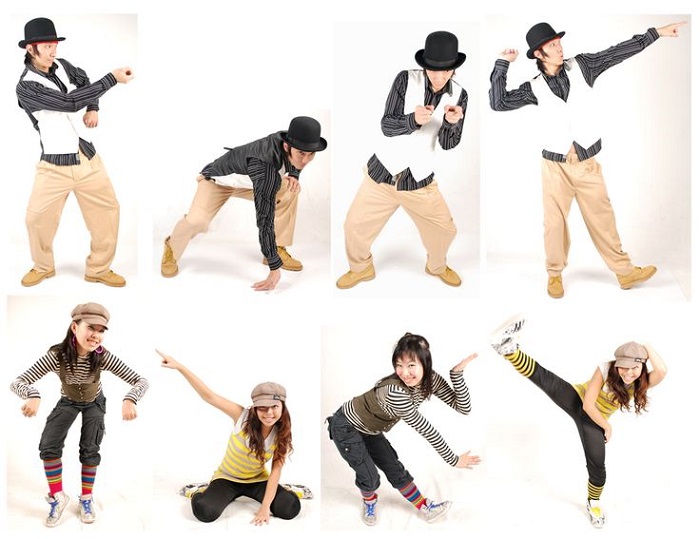
Educational tasks:
activation of pupils' interest in "hip-hop" art;
education of artistic taste;
creation of a favorable psychological climate, team building;
education of respect for the results of individual and collective labor;
education of moral and volitional qualities.
Conditions for the implementation of the educational program
The program is designed for children aged 15-20.
Form of lessons: group.
Program duration: 1 year of study.
The weekly cycle of classes provides for a load 2 times a week for 2 academic hours, the number per year is 144 hours. The structure of the classes includes three main parts: preparatory, main, final.
Logistics of the program:
Effective implementation of the educational program requires:
1. A study room equipped with mirrors that meets the sanitary and hygienic requirements and safety regulations for this type of activity.
A study room equipped with mirrors that meets the sanitary and hygienic requirements and safety regulations for this type of activity.
2. Audio equipment.
3. Sportswear and footwear for training.
Predicted results for the full course of study of the educational program “Modern Dances. Hip-hop dance”:
Know the basics of the three schools of hip-hop (“Old School”, “Middle School” and “New School”)
Know the history and terminology of hip-hop dance;
Be able to expressively and competently perform dance compositions;
Control and coordinate your body;
Empathize with and feel the music;
Move expressively and rhythmically in accordance with the image of the dance;
Improvise for any given song.
Giving a certain amount of knowledge, skills, it is necessary to monitor the quality of assimilation of the material.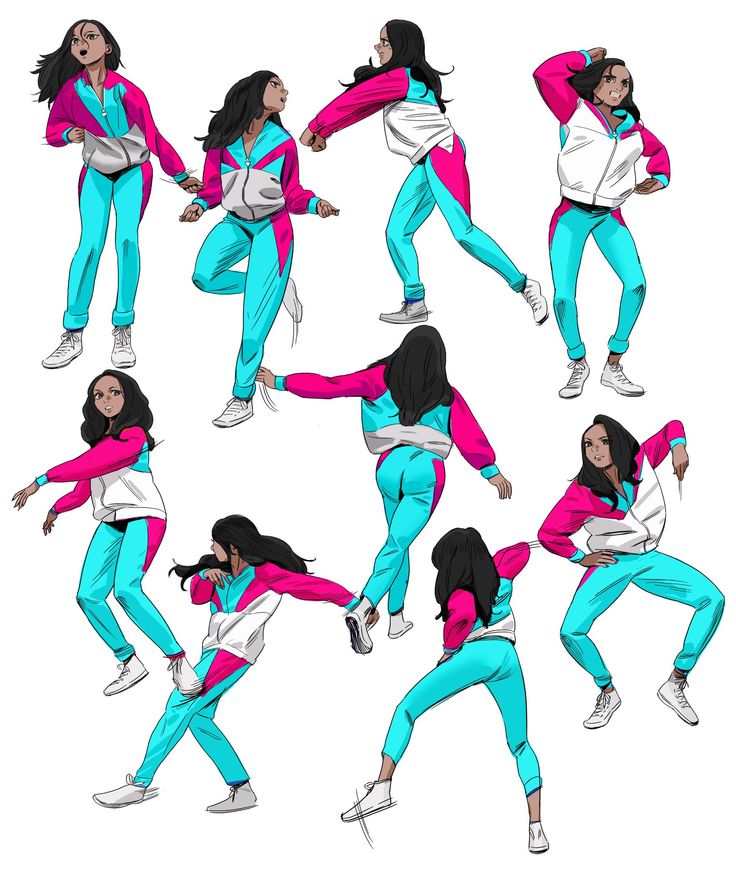
Forms of intermediate control and final certification:
Performing individual and collective tasks and exercises, recording video for reflection;
Concerts, reporting concerts;
Open classes;
Participation in festivals, city, regional, Russian competitions.
Attestation of students in the association is carried out 2 times a year: intermediate attestation in the middle and final at the end of the academic year. The results are recorded in the certification protocol and allow you to track the degree of assimilation of knowledge, skills and abilities of each student. Based on the results of certification - a necessary reflection, where, together with the student, the results of the work are evaluated, a search is made for new ways of analyzing and introspection of activities, with a mandatory emphasis on the positive aspects and achievements of the student himself.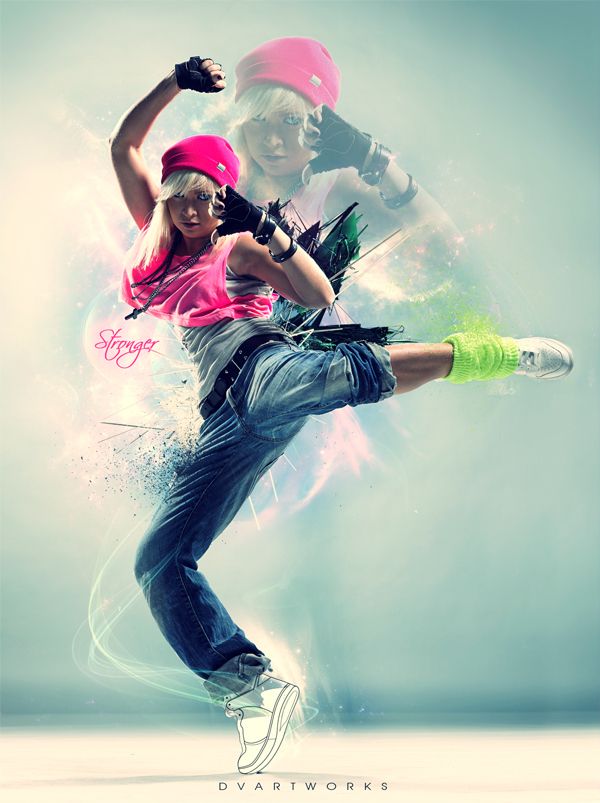
Curriculum of the additional educational program
“Modern dances. Dance in the style of hip-hop »
The implementation period of the program 1 year
Students 15-20 years old
| No. | Name | Theoretical hours Varieties of hip-hop base . old school (oldschool) - 80s, middle school (middle school) - 90s, new school (newschool) - after 2000. old school: Smurf, The Prep, Fila (The Rambo), Happy Feet, Cabbage Patch, Reebok and high school: Running Man, Roger Rabbit, Party Machine, Bart Simpson, Steve Martin and others. new school: Tone-Whop, Monestary, Harlem Shake, Walk it out, ATL Stomp, etc. The specificity of Hip-hop in the art of dance . 2. Setting the body Musical movement: Basic technical skills: The first is the ability to move with the beginning of music. The second is the ability to give the movement the necessary dynamic expressiveness. The third - the ability to end the movement exactly with the end of a piece of music (or part of it) - is technically related to the second: children must reduce (slow down) the aspiration of their movement as the conclusion of the dance thought approaches. Techniques of musical-motor expressiveness: Children master three methods of movement - spring, swing and smooth, which later give them the opportunity to impart to the movement the character and expressiveness inherent in various musical-motor images. 3.Improvement of physical fitness Basic physical exercises during the entire training period: sit-ups push-ups jumping “Planck” “Frog” Litches 2) Stretching Pipping spine Lights with stretching the inner and rear surface of the thigh “Butterfly” transverse barbecue 4.  Learning the old school Learning the old school Old school (oldschool) - learning the features of dance movements, learning how to roll: 900Choreographic text (dance movements, gestures, postures, angles) The logic of the development of the dance pattern and its distribution on the stage. Analysis of the dance in parts Composition of a simple drawing Practicing individual elements of the dance. 6. Variety of types of modern dances, their features C-Walk.Crip Walk or C-Walk is a style of modern street dance focused on virtuoso improvised footwork. Dance C-Walk appeared in the early 70s of the 20th century in Compton, a poor suburb of Los Angeles, and was performed to rappers' slogans. The dancers used dexterous footwork to represent their name or make signs. In the late 90s, the C-Walk dance movements became part of the basic elements of hip-hop. New Style. Hip-hop dance originated in clubs in New York as a freestyle mix of funk styles and techniques that came from the West Coast (Popping, Locking, Waving, Tutting, etc.) and the tradition of Party Dance - social dances of the African American population. Now the entire hip-hop culture can rightfully be divided into the old (America) and the new school (Europe). What the European dancers brought to hip-hop they labeled as New Style, using an American term that abbreviated that hip-hop is a dance that came from New York City. House. Originating in the 80s of the previous century, in Europe, house dancing began to gain popularity in the 21st century, becoming on a par with hip-hop. House dances attract with their positive feeling, special manner and dynamics, based on musical tastes and the ability to understand and interpret house music. House music has its origins in funk music and originated in Chicago, while house dancing is a product of New York's underground house clubs. Therefore, house dance was born on the basis of old school hip-hop and many interpenetrating elements of such styles as breakdance, ragga, latina, step, tap, performed by a multinational audience in da House. There are different types of house dances: house jacking (body work), house footwork (footwork) and house lofting (parterre work). Crump. The unique and unparalleled Krump Dance developed from the South Central Los Angeles dancing clown movement, organized by the famous clown Tommy. To this day, Krump, completely separated from clowning, is a form of dance with many techniques and, contrary to popular belief, does not involve the use of clown makeup. Krump dance was created by Tight Eyes as a mix of west coast styles (popping, waving, tutting) borrowed from pop idol Michael Jackson, the aggressive and charismatic style of Busta Rhymes and incorporating techniques from b-boying to house and modern. Due to its emotional identity, Krump dance is quite technically complex and is based on the perfect performance of small isolated movements, shaking, throwing and bending the body, throwing hands and complex fixations. the subject of several films, including Rize by famed photographer and filmmaker David LaChapelle. 7. Studying the elements of modern choreographic styles Bouncing. Slides. Isolated movements of individual parts of the body. Movements that convey emotions. Combination of wide steps, bends. Simple supports. "Contact" movement combinations. Bundles of dance elements of movements of a given dance direction. 8. Staging dance numbers in mixed styles of choreography Tone-WHOP Monestary Harlem Shake Walk It Out ATL STOMP 11. Passing dance numbers Contributing motion Study of dance drawing Practice of synchronization Individual work 12. Study of improvisation technique Exercises to prepare for improvisation. Solo improvisation of movements. Pair and group synchronous improvisation of movements. Exercise "Musical comedy". "Pair studies". 13. Turn off the Light Workshop The lesson is divided into three parts. Preparatory, practical and final. Preparatory part The essence of the master class is explained to the students: the reproduction of dance movements to musical compositions with the lights off or eyes closed, as well as a safety briefing. Practical Movement and dance usually require a little warm-up: time to relax, stretch, and pay attention to the depth and rhythm of the breath, which helps to prepare the physical body for the movement of the inner direction. It can also serve as a ritual of entering into experience - a time when both the mover and the observer can be more fully present in the present moment. Final part After all the participants of the master class have been in the role of "moving", the teacher turns on the light and helps the children to reflect on the exercises done. 14. Consolidation of the passed material Swing on the steps on the ground through objects; Point exercise in motion; Insulation; Coordination exercises; C-walk; Wap Shuffle krump improvisation 0004 Solo numbers Duets TRIO COMMUNICATIONAL NUMS 16. Improving the level of performing skills and emotional expression 17. Development of solo, paired movements in groups and teams arm lines back lines shoulder lines hip lines (pelvic position) leg lines The lines of the head and neck of the left and right side line 18. Final classes and leisure activities General rehearsals Organization and participation in the battles and jams The video of the dance group 19. Performances Dance Group Reporting Concert Performance at College Administration Theme Concerts Competitions The structure of classes includes three main parts: preparatory, main, final. Preparatory part of the lesson. General purpose - preparing the body for the upcoming work. The specific tasks of this part are: organization of the group; increasing the attention and emotional state of those involved; moderate warming of the body. The main means of the preparatory part are: various forms of walking and running; easy jumps; short dance combinations consisting of previously learned elements; music connection exercises, etc. Methodological features: the duration of the preparatory part is determined by the objectives and content of the lesson, the composition of those involved and the level of their training. Approximately 10-15% of working time is devoted to this part. The main part of the lesson. The tasks of the main part are: the development and improvement of basic physical qualities, the formation of correct posture, the development of creative activity, the study and improvement of dance movements and its elements, the processing of compositions, etc. Means of the main part of the lesson: strength exercises, stretching and muscle relaxation, dance compositions, staged work. Methodological features. Approximately 75-85% of the total time is devoted to this part of the lesson. The final part of the lesson: Main tasks - gradual reduction of the load; brief analysis of the work, summing up. This part takes 5-10% of the total time. The main means are: calm dance steps and movements, relaxation exercises. Methodological features. In the final part, a brief review of the progress achieved in the lesson in the performance of movements is carried out, which creates a sense of satisfaction among students and arouses a desire for improvement. Methodological support of the program Main methods aimed at achieving the goal and accomplishing tasks: Sensory perception method - watching videos about professional teams, listening to audio recordings; Verbal method - story of new material; conversation about the team, discussion about the concept of dance numbers; A visual method is a personal example of a teacher, since it is impossible to explain the movement in words without showing its correct performance, as well as video playback of recordings of the band's rehearsals; Practice method - the most important, practice exercises in the rehearsal room; The method of stimulating activity and behavior - competition, encouragement, creating a situation of success; Method of CTD - collective creative activity. The main form of the lesson is group. Most often, this is a complex lesson, which includes the study of new material, repetition of the past, as well as creative tasks in acting and improvisation. Application of acquired knowledge - practical lesson, game lesson, rehearsal, improvisation, concert. Software and methodological support: Methodological developments, literature on choreographic art; Pedagogy and psychology literature; Methodical video materials of various directions of choreography; Video recordings of dance performances and performances by professional groups of modern choreography References N.A. Alexandrova, V.A. Golubeva Modern dance. A guide for beginners (+ DVD-ROM), 2007 Vostrikov A.A. Technology and methodology of the culture of emotions and feelings. |
 Development of rhythm and coordination
Development of rhythm and coordination 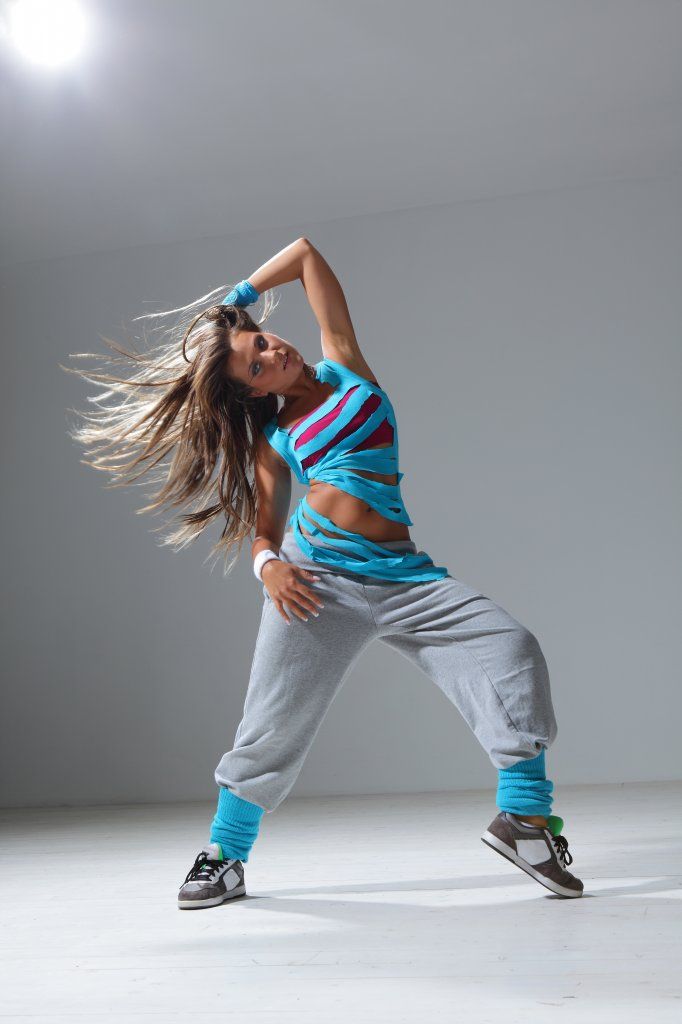 Today this dance is known as the Crip Walk and has several variations: the Clown Walk is a faster style with the addition of an entertaining manner of performance, and the Crown Walk is a synthesis of the rhythm of the Crip Walk and the movements of the Clown Walk. These varieties arose with the aim of introducing the younger generation to dance, and not to banditry, and to adapt Crip Walking, which originally arose as a set of gangster, clan gestures and symbols, to hip-hop culture.
Today this dance is known as the Crip Walk and has several variations: the Clown Walk is a faster style with the addition of an entertaining manner of performance, and the Crown Walk is a synthesis of the rhythm of the Crip Walk and the movements of the Clown Walk. These varieties arose with the aim of introducing the younger generation to dance, and not to banditry, and to adapt Crip Walking, which originally arose as a set of gangster, clan gestures and symbols, to hip-hop culture. 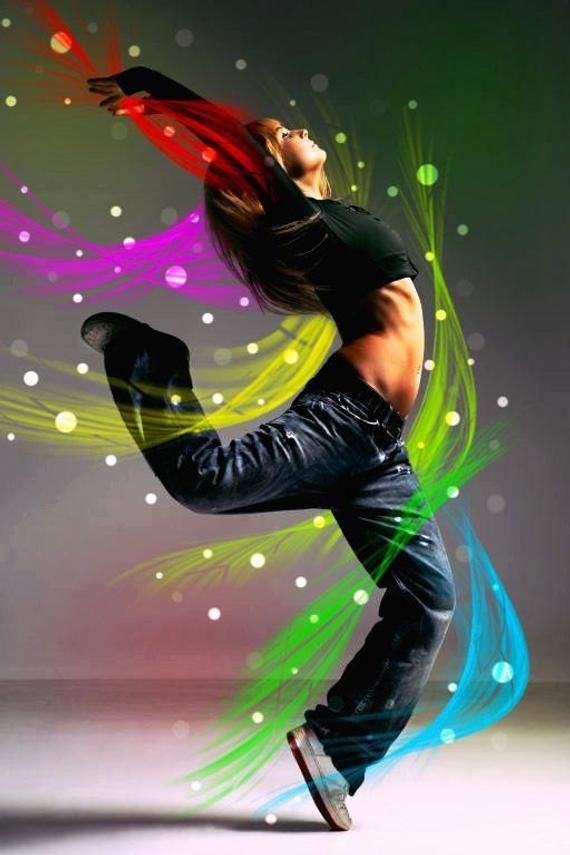 Therefore, now the entire dance world has unanimously returned to the use of the original and only style name - Hip-hop.
Therefore, now the entire dance world has unanimously returned to the use of the original and only style name - Hip-hop. 
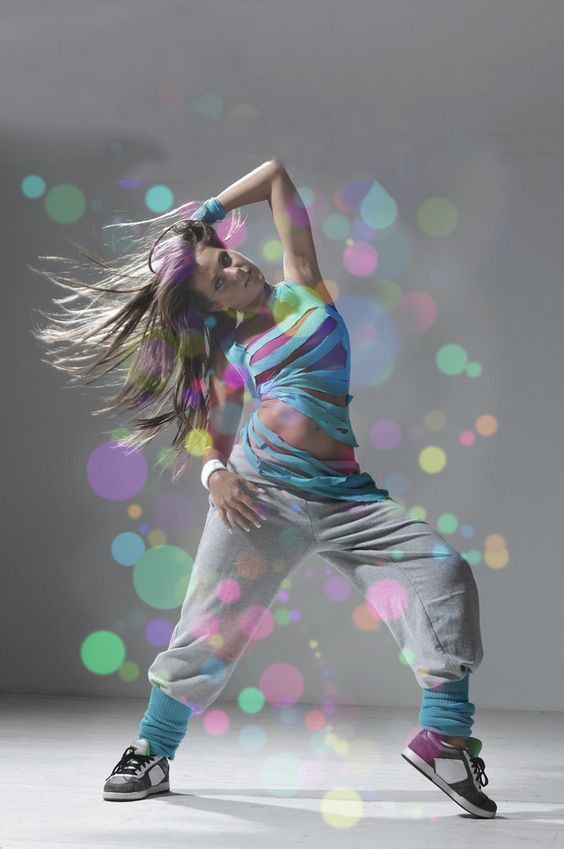
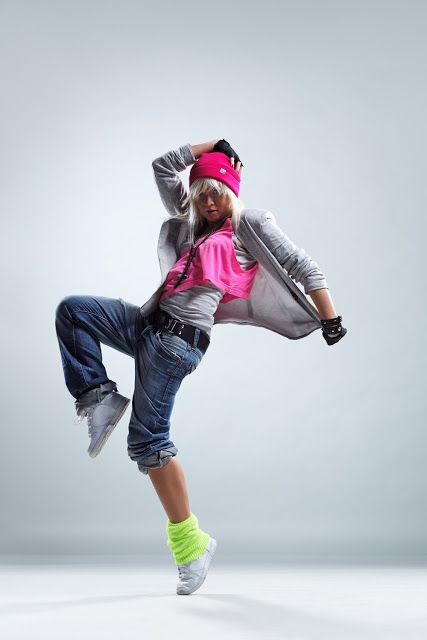
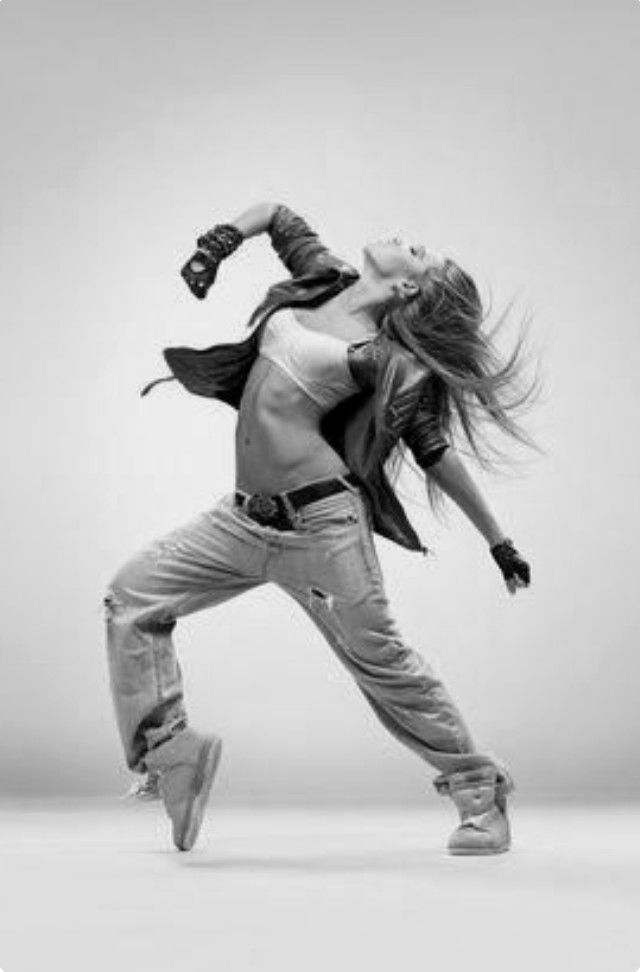 After warming up, the mover/analyzed closes his eyes, directs his attention inward and waits for the impulse to move, while the witness/analyst finds a place in the studio where he/she can sit and observe. The mover is encouraged to allow the body to do whatever it wants, to allow itself to be moved by the flow of unconscious impulses and images. In the beginning, the witness/analyst has more responsibility for awareness, while the mover is simply invited to immerse himself in his (her) shifting rhythms of movement and periods of rest, non-action. After a while, the mover begins to internalize the reflective function of the witness and develops the ability to allow the body to surrender itself to the unconscious flow of impulses and images, and at the same time retain awareness of the experience.
After warming up, the mover/analyzed closes his eyes, directs his attention inward and waits for the impulse to move, while the witness/analyst finds a place in the studio where he/she can sit and observe. The mover is encouraged to allow the body to do whatever it wants, to allow itself to be moved by the flow of unconscious impulses and images. In the beginning, the witness/analyst has more responsibility for awareness, while the mover is simply invited to immerse himself in his (her) shifting rhythms of movement and periods of rest, non-action. After a while, the mover begins to internalize the reflective function of the witness and develops the ability to allow the body to surrender itself to the unconscious flow of impulses and images, and at the same time retain awareness of the experience. 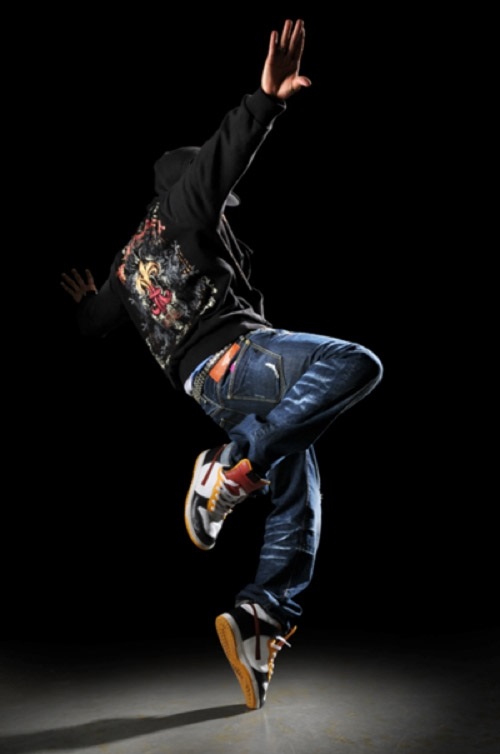 It is important to find out what the students experienced, what images and associations arose during the movements, what is the difference in the psycho-emotional state before and after the dance. Thus, the teacher establishes a strong and trusting emotional connection with students, helps to get rid of psychological stress, learn to listen to your body, control it, reveal personal qualities through dance.
It is important to find out what the students experienced, what images and associations arose during the movements, what is the difference in the psycho-emotional state before and after the dance. Thus, the teacher establishes a strong and trusting emotional connection with students, helps to get rid of psychological stress, learn to listen to your body, control it, reveal personal qualities through dance. 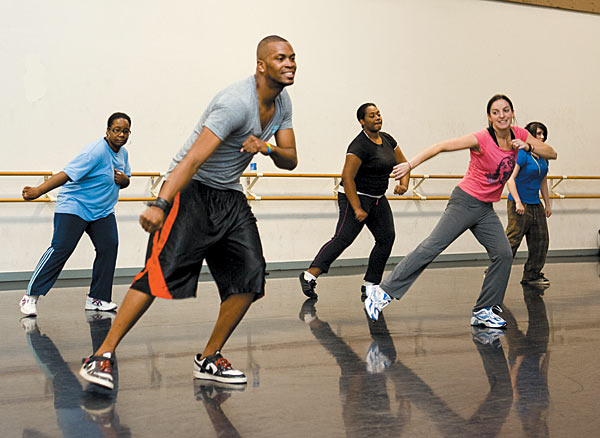 Individual work
Individual work 

